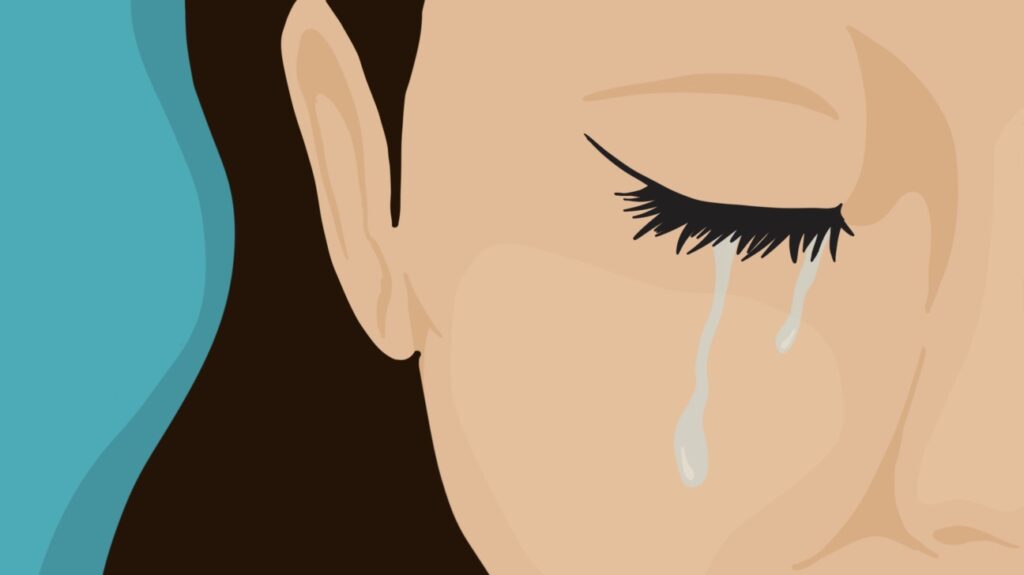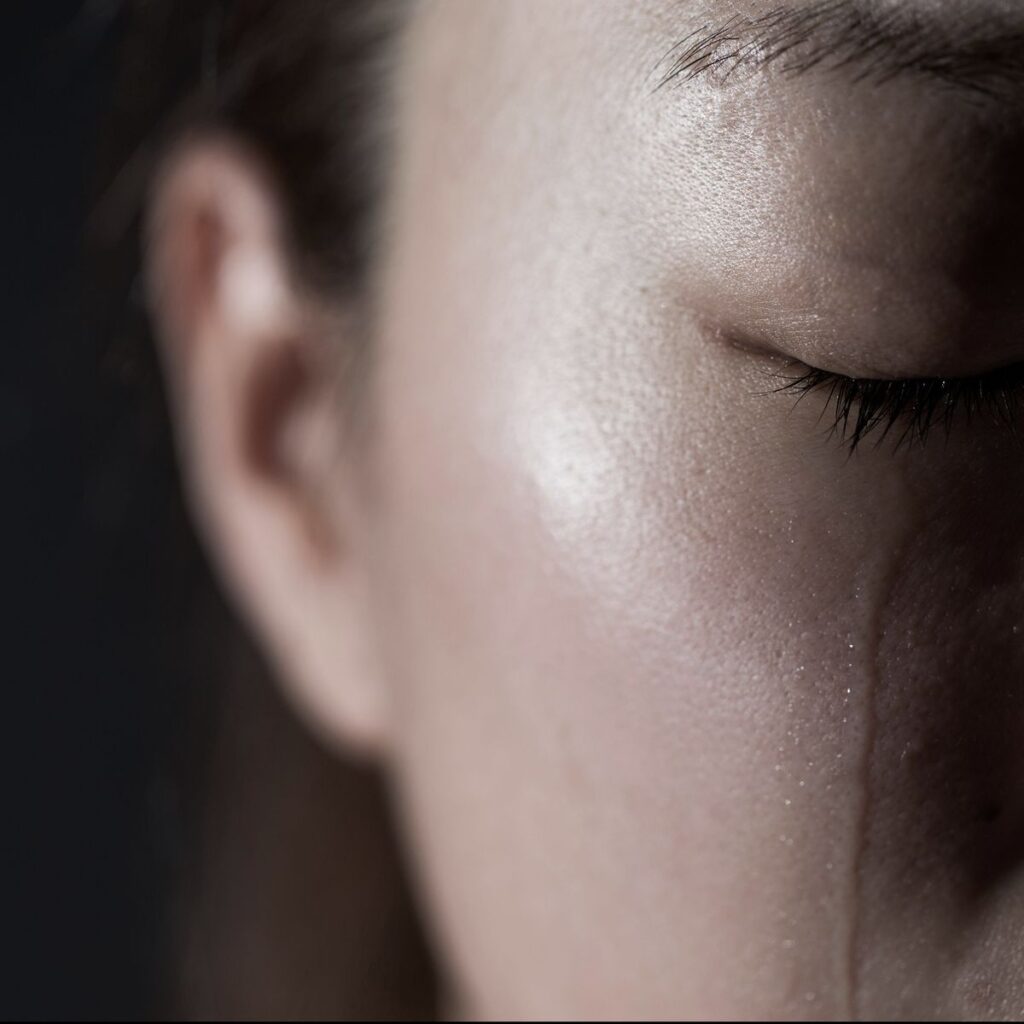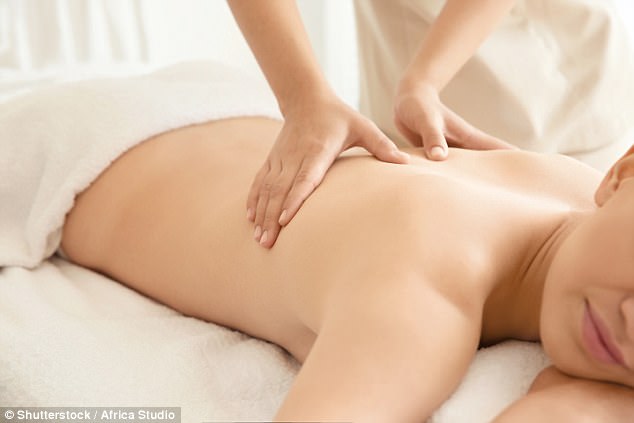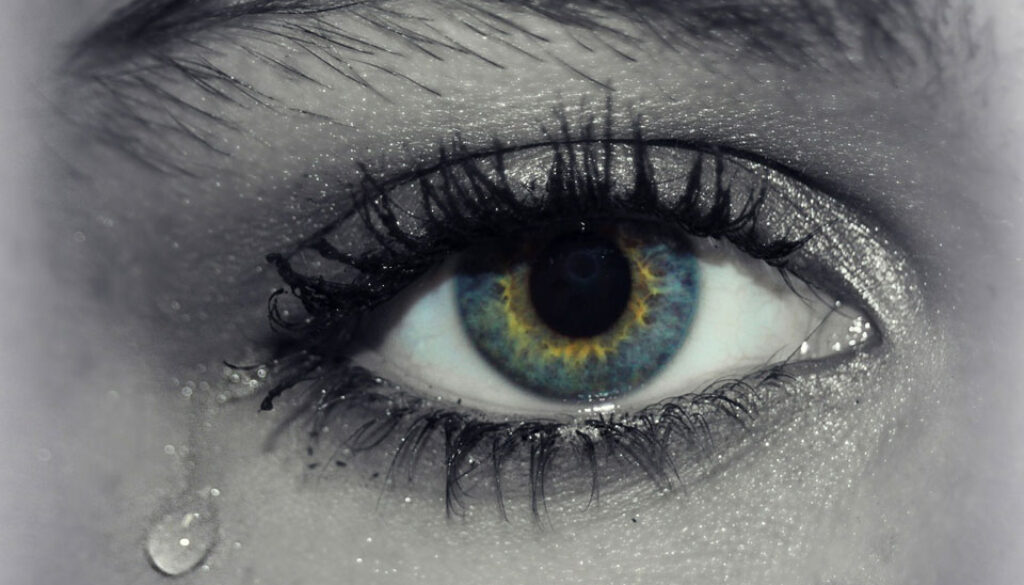Have you ever found yourself shedding tears after a particularly relaxing massage? It may seem strange, but you’re not alone. Many people experience an emotional release during or after a massage, and it’s more common than you might think. In this article, we’ll delve into the reasons behind these tears and explore the potential emotional benefits of a good massage.
Firstly, it’s important to understand that our bodies and minds are deeply connected. When we receive a massage, not only are our muscles being kneaded and relaxed, but our emotions can also be affected. Physical touch has a powerful impact on our emotional well-being, and it can unlock stored emotions that have been hiding beneath the surface. As stress and tension are released from our bodies, it’s not uncommon for unresolved emotions to bubble up and manifest as tears.
So, if you find yourself crying during or after a massage, it’s most likely a sign that your body is releasing pent-up emotions. This is actually a positive and healthy response, as it allows us to let go of emotional baggage that we may have been carrying for a long time. It’s like a therapeutic cleanse for both our bodies and minds. In our upcoming article, we’ll explore specific techniques and tips to help you embrace and navigate these emotional releases, so stay tuned to learn more!
Emotional Release
The Link Between Massage and Emotions
When you think of getting a massage, you might envision a peaceful and relaxing experience. However, sometimes, unexpected emotions can surface during or after a massage session. It is not uncommon for individuals to feel a surge of emotions, resulting in tears, after receiving a massage. This phenomenon has intrigued many, and it raises the question: why do we cry after a massage?
Why Emotions Are Released During a Massage
Massage therapy is more than just kneading and manipulating muscles; it can have a profound impact on your emotional well-being. The body and mind are deeply interconnected, and when tension is released from the body through massage, emotional release can occur as well. Let’s explore the various reasons why emotions are released during a massage.

This image is property of luminamassage.com.
Physiological Response
Understanding the Body’s Reaction to Massage
During a massage, your body experiences a multitude of physiological responses. As the massage therapist applies pressure to your muscles, blood flow increases, promoting the release of endorphins, which are natural painkillers and mood enhancers. Additionally, the parasympathetic nervous system is activated, inducing a state of relaxation and reducing the production of stress hormones. These physiological changes can create a conducive environment for emotional release.
How Massage Can Trigger Tears
It is not uncommon for tears to flow during or after a massage. The human body has a remarkable ability to store emotions within its muscles, and massage can help release these pent-up emotions. As the massage therapist works on specific muscle groups, deeper layers of tension may be reached, triggering the release of stored emotions. This can manifest as tears, providing a sense of emotional release and relief.

This image is property of spaspace.com.
Unresolved Emotional Issues
Repressed Emotions Being Unleashed
Repressed emotions are those that have been consciously or unconsciously suppressed over time. They can stem from past traumas, unresolved conflicts, or even everyday stressors. Massage therapy can provide a safe and nurturing space for these repressed emotions to surface and be acknowledged. As the body relaxes and tension is released, the emotional barriers that have been holding these emotions in place are gradually dismantled.
The Role of Emotional Memory in Crying After a Massage
Emotional memory refers to the body’s ability to remember and store emotions. It is believed that the muscles retain memories of past traumatic experiences or emotional events. These memories can be triggered during a massage when the corresponding muscle groups are worked on. As the body recalls the stored emotions, tears may flow as a physical outlet for the release of these emotional memories.

This image is property of hips.hearstapps.com.
Release of Toxins
Toxins Stored in Muscles Being Released
As massage techniques manipulate the soft tissues of the body, metabolic waste products and toxins that have accumulated within the muscles can be released. These toxins, such as lactic acid, can contribute to muscle soreness and discomfort. However, their release can also have an impact on your emotional state. The buildup of toxins in the muscles can create a physical and emotional burden, and their removal through massage can lead to emotional release.
The Impact of Toxin Release on Emotional State
Toxins in the body can disrupt the flow of energy, leading to physical and emotional imbalances. When these toxins are released through massage, the body’s energy pathways become clearer and more aligned. This purification process can stimulate emotional releases as the body’s natural energy flow is restored. As a result, you may experience a range of emotions, including tears, as these toxins are purged from your system.

This image is property of post.healthline.com.
Energy Balancing
Clearing Blocked Energy Pathways
Massage therapy aims to balance the body’s energy by addressing blockages in the energy pathways known as meridians. These pathways, derived from Eastern medicine practices, are believed to carry life force energy throughout the body. When these meridians are blocked or disrupted, it can manifest as physical or emotional discomfort. By applying pressure to specific points on the body, a massage therapist can help clear these blockages and restore the smooth flow of energy.
Crying as a Sign of Energy Shift
Crying during a massage can be seen as a sign that the energy in the body is shifting and rebalancing. As the massage therapist works on your muscles and energy points, stagnant or blocked energy may be released, initiating emotional shifts. These shifts can manifest as tears, which serve as a natural expression of the body’s release and realignment.

This image is property of i.dailymail.co.uk.
Pain and Emotional Connection
Pain as a Trigger for Emotional Release
Throughout our lives, we accumulate physical and emotional pain. These experiences can become intertwined, as emotional pain can manifest as physical pain in the body. When receiving a massage, the physical manipulation of muscles can stimulate the release of both physical and emotional pain. As the tension in your muscles is eased, the emotional pain that has been held within those muscles is also released, potentially resulting in tears.
How Emotional Healing Relates to Muscular Pain
Muscular pain can often be linked to emotional stress and tension. Stress and anxiety can cause muscles to contract and become tight, resulting in discomfort and pain. Massage therapy helps to relieve these muscular tensions, promoting relaxation and reducing pain. As the body releases physical pain, it can also release the emotional pain that was stored within. Crying can be seen as a sign of this emotional healing process taking place.
Relaxation and Vulnerability
Massage Inducing Deep Relaxation
When you receive a massage, your body enters a state of deep relaxation. The combination of soothing touch, calming environment, and the release of tension in the muscles creates an opportunity for profound relaxation. This deep relaxation can lower your guard and create a space for vulnerable emotions to surface. It is in this vulnerable state that tears may flow as a natural response to the release of emotional tension.
The Vulnerability Experienced During Massage Leading to Crying
During a massage, you are placing your trust in the hands of someone else. This act of surrendering control and allowing yourself to be vulnerable can invoke deeply buried emotions. As the massage therapist’s hands work on your body, you may feel a sense of safety and trust, enabling you to let go of emotional barriers. Crying can be an expression of the vulnerability experienced during the massage, as well as a release of any emotional barriers that were inhibiting your true emotions.
Healing Touch
The Power of Human Touch for Emotional Healing
Human touch has an incredible capacity for emotional healing. Touch is our first sense to develop, and it remains essential throughout our lives for emotional well-being. Massage therapy offers a nurturing and supportive touch that can soothe and heal not only the body but also the emotions. As the massage therapist’s hands make contact with your skin and muscles, a profound connection is established, which can awaken deep-seated emotions and facilitate their release.
Crying as a Natural Response to Healing
Crying is a natural and instinctual response to emotional healing. It allows us to release and let go of emotions that no longer serve us, creating space for healing and growth. When you cry during or after a massage, it is a sign that the therapeutic process is working, and emotional release is taking place. Rather than viewing it as a sign of weakness, embrace and accept it as a necessary part of your healing journey.
Releasing Tension
Muscle Tension and Emotional Tension Connection
Muscle tension and emotional tension often go hand in hand. When we experience stress, anxiety, or other emotional upheavals, our muscles can become tense and tight. Conversely, when our muscles are relaxed, our emotions can also find release. Massage therapy directly addresses muscle tension, promoting relaxation and alleviating physical and emotional stress. As tension is released from your muscles, it can trigger a release of emotional tension, which may be expressed through tears.
Crying as a Sign of Releasing Built-Up Tension
Tears are not always a sign of sadness; they can also be a release of built-up tension. During a massage, the physical manipulation of your muscles helps to break down knots and tightness. As these areas of tension are worked on, the emotional tension that has been stored within them is also released. Crying can thus be seen as a cathartic release of both physical and emotional tension, allowing for a sense of relief and renewal.
Conclusion
The Multifaceted Reasons Behind Crying After a Massage
Crying after a massage is a complex and multifaceted phenomenon. It can stem from the release of repressed emotions, the purification of toxins, balancing of energy, the connection between physical and emotional pain, deep relaxation, vulnerability, the power of human touch, and the release of both muscular and emotional tension. Embracing and accepting emotional release as a natural part of the massage experience can enhance your overall well-being and allow for deeper healing. So, the next time you find yourself shedding tears on the massage table, remember that it is a sign that your body, mind, and spirit are working together to facilitate healing and bring about emotional release.
